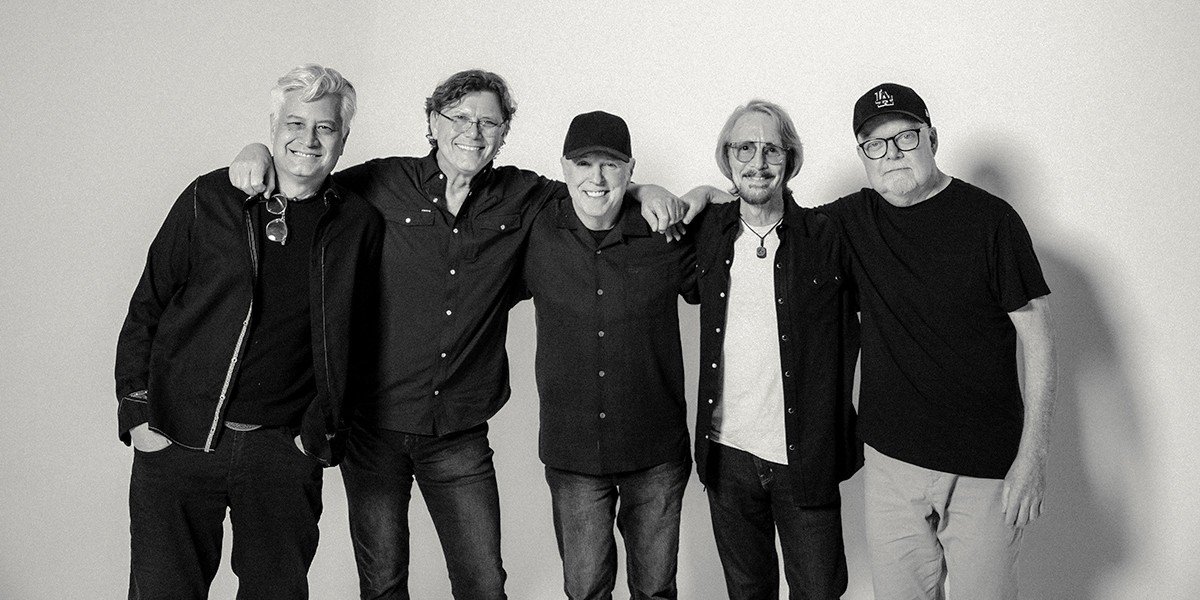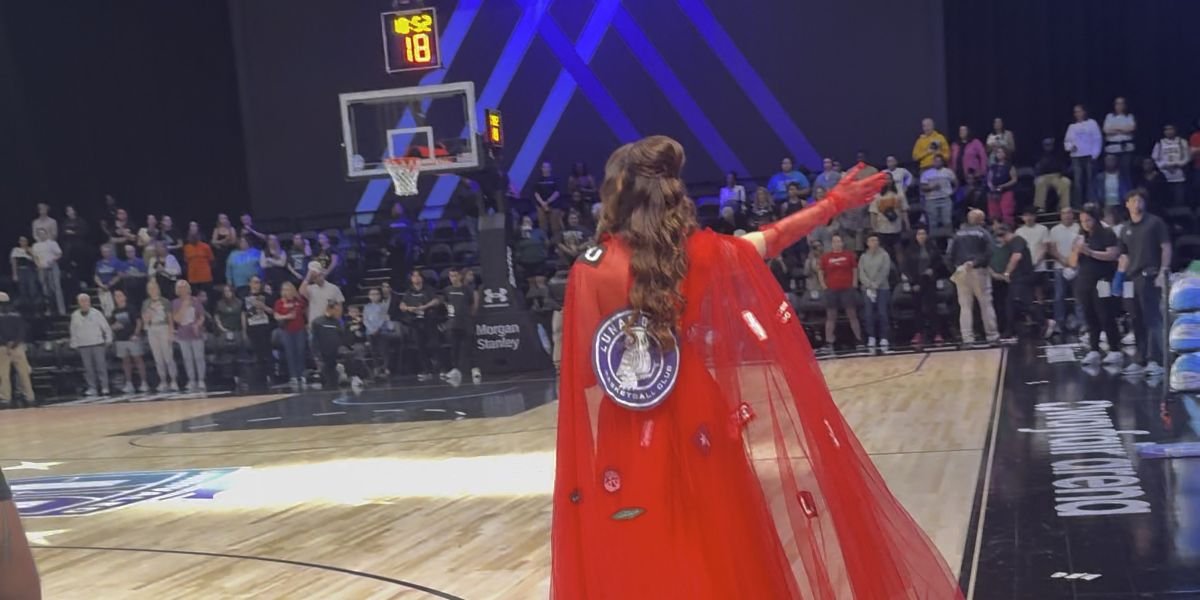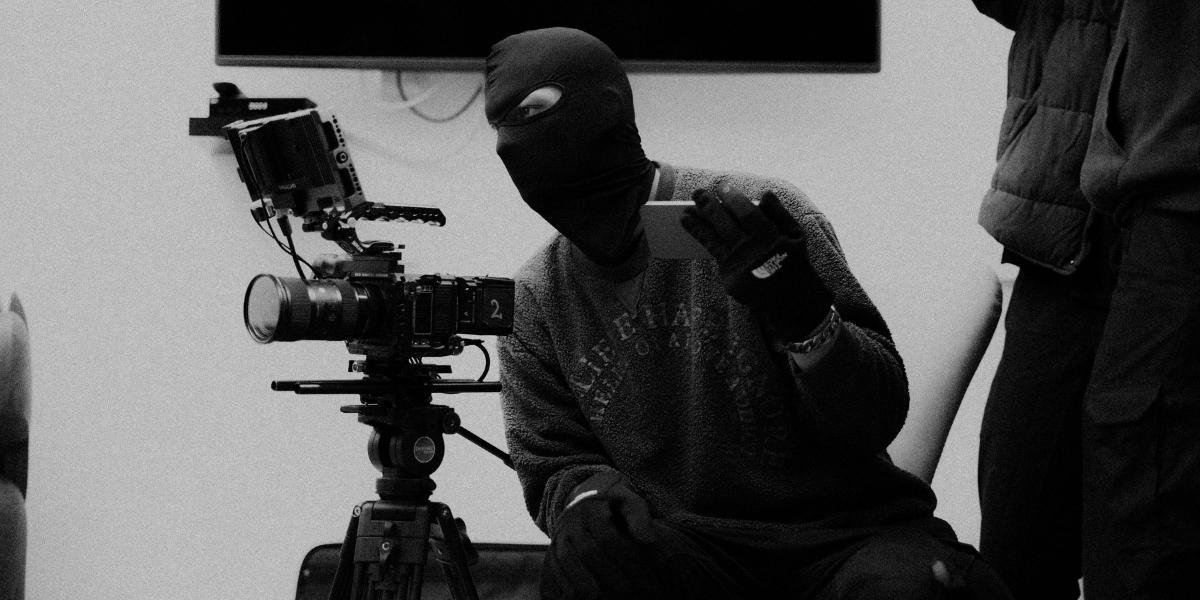Karaoke music, the interactive form of entertainment where amateur singers perform along to recorded instrumental versions of popular songs, has become a global cultural phenomenon. From intimate family gatherings to large-scale competitions, karaoke brings people together through the love of music, performance, and shared experience. This delves into the history, appeal, cultural significance, and diverse expressions of karaoke music, exploring why it continues to captivate people worldwide.
Read Also: The Multifaceted Debate: Should Lead Singers Be Proficient Instrumentalists?
The Origins and Evolution of Karaoke
Karaoke’s roots can be traced back to Japan in the early 1970s, where it was born out of the desire for interactive music entertainment. The name itself comes from the Japanese words “kara” (empty) and “oke” (orchestra), reflecting the instrumental nature of the tracks played during performances. The first true karaoke machine was created by Daisuke Inoue, a Japanese musician, who invented the system to allow people to sing along to recorded music at local bars.
From these humble beginnings, karaoke rapidly spread across Japan, becoming an integral part of social gatherings. By the 1980s, technological innovations like the CDG (compact disc graphics) enabled the lyrics to be displayed on a screen, making karaoke even more accessible and interactive. This innovation paved the way for karaoke to become a global sensation, influencing cultures around the world, from the United States to Southeast Asia and beyond.
As karaoke became more widespread, it evolved in both its form and function. From public karaoke bars to private karaoke rooms, the variety of settings allowed for different expressions of the karaoke experience. With the rise of home karaoke systems and online services, karaoke has transformed from a public activity to a private one, with people singing in the comfort of their homes using platforms like Karaoke YouTube channels, mobile apps, and karaoke subscription services.
The Psychology of Karaoke’s Appeal
Karaoke offers a unique combination of performance, self-expression, and social interaction, which explains its universal appeal. There are several psychological factors that contribute to why people find karaoke so enjoyable and fulfilling.
The Thrill of Performance
For many, karaoke provides a rare opportunity to take center stage and perform in front of an audience, even if it’s just a small group of friends. The act of singing in public, especially when it’s done for fun rather than professional aspirations, can be exhilarating. This sense of performance is often a major draw, providing an outlet for people to express themselves and gain a sense of accomplishment.
Community and Shared Experience
One of the most significant aspects of karaoke is its social nature. Whether in a small private room or a bustling public karaoke bar, karaoke fosters a sense of community. Singing together, whether in harmony or with comedic renditions, creates a shared experience that brings people closer. It can break down social barriers, allowing participants to connect with others through the mutual enjoyment of music.
Stress Relief and Fun
Karaoke is often a stress-relieving activity, allowing people to forget their worries and focus on having fun. The physical act of singing, combined with the enjoyment of music, releases endorphins, providing a natural boost to mood. The experience encourages people to let loose in a supportive and non-judgmental environment, further contributing to its appeal.
Karaoke Culture Around the World
Karaoke has been embraced by cultures worldwide, each putting its own spin on the activity and making it uniquely their own. From intimate family sessions in Japan to competitive karaoke tournaments in the Philippines, the global karaoke culture is diverse and rich.
Japan: The Birthplace of Karaoke
In Japan, karaoke is a central part of socializing. Whether in private karaoke boxes or large public venues, singing is a communal activity enjoyed by people of all ages. The Japanese take karaoke seriously, with professional karaoke competitions and celebrity performers showcasing their talents. Karaoke’s role in work culture is also notable, as many Japanese office workers bond through after-work karaoke sessions.
The Philippines: Karaoke as a National Pastime
In the Philippines, karaoke has evolved into a national pastime. Filipinos are renowned for their love of singing, and karaoke is often a feature at social gatherings and celebrations. In fact, it’s not unusual for Filipinos to turn karaoke into a competitive sport—with talent shows and tournaments frequently held. The Philippines is also home to some of the most famous karaoke singers globally, further cementing the country’s status as a karaoke hub.
The United States and Global Popularity
In the U.S., karaoke bars are widespread, especially in cities like New York, Los Angeles, and Las Vegas, where public karaoke nights are a social draw. In recent years, home karaoke systems like Karaoke USA and Singsation have grown in popularity, allowing people to experience the fun of singing at home with friends and family.
Southeast Asia and Beyond
In Southeast Asia, countries like Thailand, South Korea, and Vietnam have adopted karaoke with local flair. South Korea, in particular, is known for its noraebang (karaoke rooms), where people rent private rooms to sing and have fun. Many of these countries have seen a rise in karaoke competitions and reality TV shows, taking the karaoke culture to new heights.
The Technology Behind the Music
The evolution of karaoke has been heavily influenced by technological innovations, which have made the experience more accessible and interactive than ever before.
Instrumental Tracks and Synchronized Lyrics
The foundation of karaoke lies in its instrumental tracks, which are created by removing the vocals from popular songs. With the rise of digital technology, these tracks can now be produced and shared quickly across multiple platforms. In addition to instrumental music, the technology that syncs the lyrics to the song has improved, allowing for a smoother singing experience.
Karaoke Machines and Apps
Karaoke systems have evolved from bulky machines to sleek, user-friendly devices and mobile apps. Today, platforms like Karaoke.com and Smule offer access to thousands of songs and provide instant feedback, allowing users to share performances with friends. Home karaoke machines often come with built-in screens, wireless microphones, and Bluetooth connectivity, enabling seamless integration with smartphones and streaming services.
Karaoke as a Social Event
Karaoke serves as more than just a form of entertainment—it’s a social event that brings people together to interact, have fun, and make memories. Whether at a private gathering or a public karaoke competition, it serves as a platform for connection and community-building.
From Private Parties to Public Competitions
Karaoke events can range from intimate gatherings with close friends to large public competitions. Public karaoke nights allow individuals to showcase their singing talents in front of a crowd, while private karaoke rooms provide a more personal, low-pressure environment for people to enjoy singing with friends. These social dynamics make karaoke a versatile activity that can be enjoyed in any setting.
Breaking Social Barriers
One of karaoke’s greatest strengths is its ability to break down social barriers. Regardless of age, background, or social status, karaoke enables people to bond over shared interests and engage in a communal activity that transcends typical social norms. Whether at a bar, party, or family gathering, karaoke has a unique way of creating memorable experiences that strengthen relationships.
The Diverse Genres and Styles of Karaoke
Karaoke is incredibly inclusive, allowing singers of all tastes and talents to participate. From pop hits to rock anthems, country ballads, and R&B classics, the range of songs available means that there is something for everyone. Karaoke enthusiasts often bring their own flair to their performances, adding their unique interpretation of songs to make them their own.
Genres and Performance Styles
While pop and rock dominate most karaoke playlists, some karaoke singers prefer the soulful ballads of R&B or the twangy, heartfelt sounds of country music. For others, niche genres such as musicals, opera, and even heavy metal take center stage. Karaoke’s versatility in song selection allows for a variety of performance styles ranging from comedic renditions to heartfelt, high-energy performances.
The Impact of Karaoke on the Music Industry
Karaoke has had a profound impact on the music industry by giving artists exposure and influencing the popularity of songs. By allowing people to perform and share their versions of songs, karaoke brings attention to both mainstream artists and independent performers.
Song Popularity and Artist Exposure
When a song becomes popular in karaoke settings, it often leads to a boost in sales and streams for the original artists. This is especially true for songs that have catchy choruses or easy-to-remember lyrics, making them ideal for karaoke. In addition, karaoke provides exposure for new talent, as people showcase their skills in public competitions and online platforms.
Read Also: Fashion as a Branding Tool: How Artists Can Harness the Power of Style
Karaoke is more than just an activity—it’s a cultural phenomenon that spans the globe, bringing people together through the universal joy of music. Its ability to unite people, transcend language barriers, and foster a sense of community makes it a powerful tool for social connection. Whether you’re performing for fun, honing your singing skills, or enjoying a night out with friends, karaoke continues to evolve and remain a beloved form of entertainment worldwide.















